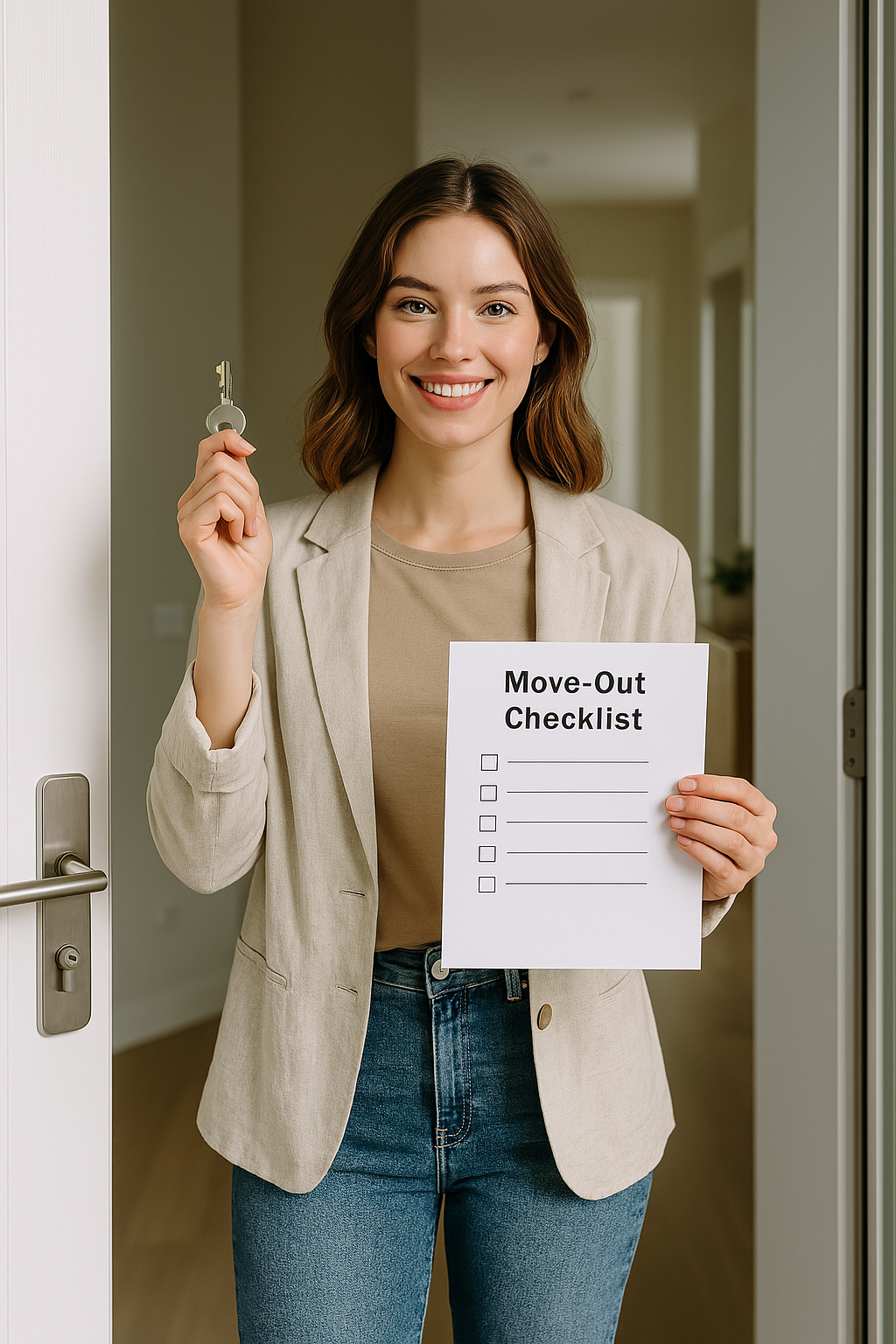Introduction
Moving out of your home in Korea? Whether it’s your first time renting in Korea or you’re a seasoned expat, the move-out process can still be a bit confusing. But don’t worry—with the right preparation, you can avoid last-minute stress, protect your deposit, and leave on good terms with your landlord. This ultimate checklist will walk you through everything you need to do before turning in your keys.
1. Clean the Apartment Thoroughly
Landlords and agents in Korea expect tenants to return the apartment in a clean, move-in-ready condition. That means:
- Clean the kitchen, including the sink, stove, and inside the refrigerator
- Scrub the bathroom, toilet, and tiles
- Dust and mop floors, windowsills, and baseboards
- Remove stains or marks from walls (including tape or posters)
- Wash air conditioner filters
- Dispose of all trash properly
If cleaning isn’t your thing, you can hire a professional cleaning service. It usually costs between 100,000–200,000 KRW depending on apartment size.
2. Take Photos Before You Leave
Before moving out, document the apartment thoroughly with clear photos. Focus on:
- Every room and corner, including ceiling and floor
- Any pre-existing damages
- Appliances, especially if provided by landlord
- Utility meter readings (water, gas, electricity)
These photos can be helpful if there’s any dispute regarding the condition of the unit or deductions from your deposit.
3. Settle All Utility Bills and Cancel Services
Make sure you clear all outstanding bills before leaving:
- Pay your final electricity, gas, and water bills
- Cancel or transfer your internet and mobile service (if linked)
- Return any rented equipment, such as routers or modems
- Notify service providers of your move-out date to prevent future charges
Some landlords may assist with this process, especially if there is a language barrier. Don’t hesitate to ask.
4. Communicate with Your Landlord or Agent
Transparency is key. Here’s what to confirm:
- Move-out date and time
- Final inspection schedule
- Deposit return timeline
- Any deductions (cleaning, damage, unpaid bills)
If possible, have a final walkthrough with your landlord present. This helps clarify expectations and can speed up the refund process.
5. Return Keys and Building Access Cards
You’ll need to return all copies of:
- Front door keys
- Mailbox keys
- Building access cards or remotes
Double-check you haven’t forgotten any. Losing one might result in deductions from your deposit.
6. Final Move-Out Day Tips
Pack a small bag with basic cleaning tools, water, and snacks to make the day smoother. Leave early to give yourself time to handle any last-minute surprises.
Also, if possible, schedule your move-out a few days before your actual flight or relocation date. That way, you can resolve any issues without unnecessary pressure.
7. Checklist Recap
Here is your ultimate move-out checklist:
- Deep-clean the apartment
- Take clear photos of the entire unit
- Pay and cancel all utility bills and services
- Return keys, access cards, and rented equipment
- Schedule a final inspection with landlord or agent
- Confirm deposit return details
Conclusion
Moving out doesn’t have to be stressful. With a bit of planning and communication, you can wrap things up smoothly and protect your deposit. Use this checklist to stay on track, and you’ll leave your Korean home with confidence—and maybe even a little nostalgia.
Stay tuned for the next episode, where we guide you through understanding your deposit refund and how to handle disputes if they arise.


